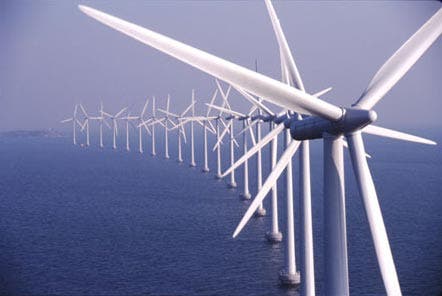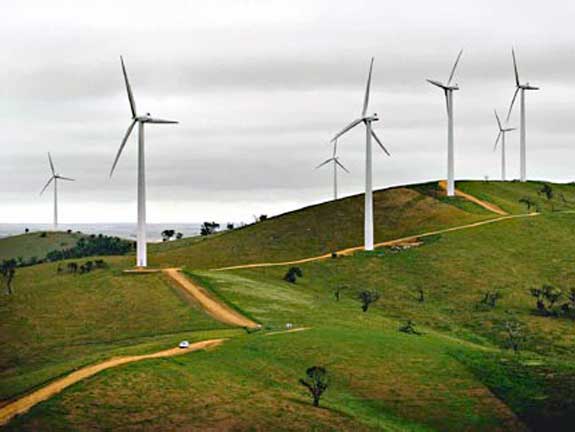Large wind farms might have a warming effect on the local climate, a research conducted in the US claims, casting a shadow on the long term sustainability of this type of renewable energy.
Wind farms and warming
Wind farms have quite an unusual way of heating the surrounding environment: by drawing the hotter air from above, they cause the temperatures in the area to rise slightly. Liming Zhou of the University at Albany, State University of New York and colleagues used land-surface temperature data gathered by NASA’s Terra and Aqua satellites to examine the effect.
These satellites can measure temperature with a spatial resolution of 1 square km, and they used them to analyze the climate in Texas, one of the world’s leading areas in terms of wind power. Their results, which were published in Nature Climate Change, showed that areas with the farms were about 0.5 degrees warmer than the rest of the region, indicating a 0.72 degrees warming trend per decade.
“We attribute this warming primarily to wind farms,” the study said. The temperature change could be due to the effects of the energy expelled by farms and the movement and turbulence generated by turbine rotors, it said. “These changes, if spatially large enough, may have noticeable impacts on local to regional weather and climate,” the authors said.
Wind power is still our friend
The results are not quite relevant for every turbine, as authors explain that more measurements in more areas need to be done before a definitive conclusion is drawn. The warming was particularly pronounced at night, but unlike previous studies, didn’t report a cooling of the day to balance it out. Zhou explains that the warming is not a direct result of the turbine’s blades with the air, but rather a result of mixing the cooler ground-level air with warmer air higher up. Still, he insists that wind energy remains one of the key aspects in fighting climate change and the energy crisis.
“Maybe we could modify wind turbines or simply think about where we put them, so as to minimise their impact. This research is just the first step.”
This view is shared by many, who believe this type of energy to be the best things we can come up with at the moment; one of the leading authorities in the field, Axel Kleidon of the Max Planck Institute for Biogeochemistry in Jena, Germany, explains:
“Wind turbines have to be part of the solution, but it would be naive to think that they don’t have an impact. Balancing the impacts of various technologies is key to tackling climate change.”
Via NewScientist











